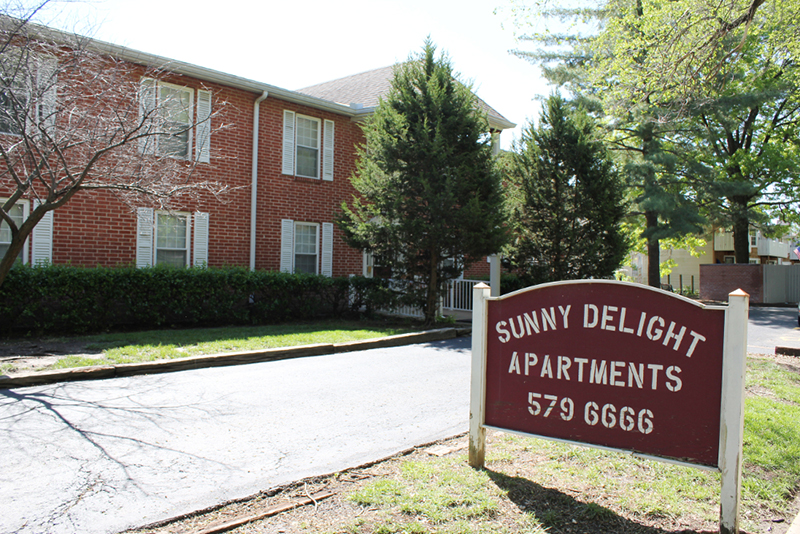Rising rents, falling wages mean longer stays in subsidized housing

LAWRENCE — With rents rising faster than inflation and wages growing more slowly, the average length of stay in federally subsidized housing is growing longer.
 That’s the finding of a recent study of federal records by University of Kansas Professor of Urban Planning Kirk McClure, performed for the Department of Housing and Urban Development.
That’s the finding of a recent study of federal records by University of Kansas Professor of Urban Planning Kirk McClure, performed for the Department of Housing and Urban Development.
McClure examined data going back to 1995 for the three major programs run by HUD:
- Public Housing, with about 1.1 million units
- The Housing Choice Voucher program (formerly known as Section 8), with about 2.2 million households; and
- The Section 8 Project-Based housing program, with about 1.1 million units
“The typical household in assisted housing has extremely low annual income, usually around $13,000,” McClure said. “Once in assisted housing, these households tend to stay for about five years, but the length of stay is growing. Households who left assisted housing in 2000 stayed for an average of 4.4 years, while households who left in 2016 stayed for an average of 6.0 years.”
Demographics have a big influence on length of stay in subsidized housing, McClure said.
“If you give a young woman a voucher, she’ll stay a little under three years on average,” he said. “If she gets married and moves out, her voucher goes to the next person waiting in a long line. If you have a 78-year-old disabled lady, however, she’s never going to give it up until she dies.
“Another force at work is that rental housing has become more costly. It’s a bit of a puzzle to economists as to why. Vacancy rates are high. The income of renters is going up less than inflation, yet rents are still rising faster than the rate of inflation. Financing costs are as low as they’ve been in decades. Materials are going up faster than the rate of inflation.
“Because rents are going up faster than the rate of inflation, the voucher holder is less likely to give up her voucher and go and live somewhere else.”
McClure said the government spends $46 billion a year on subsidized housing, “and they want to know how to plan for the cost.”
McClure said members of Congress have proposed reforms to the Low Income Housing Tax Credit (LIHTC) program, which has largely supplanted the subsidized housing programs of the past referenced above. He imagines the Trump administration will want to pursue something along those lines, too.
He opposes one of the current bills before Congress, he said, because it encourages builders to build “units in the $700- to $1,000-a-month (rent) range. But that’s not where the shortage is. It’s the $400- to $600-a-month range where we should be building more.”
Photo: This Johnson County apartment complex accepts federal Housing Choice Vouchers, formerly known as Section 8. A new study shows people tend to stay in such housing longer as time goes on. Photo by Rick Hellman, KU News Service.